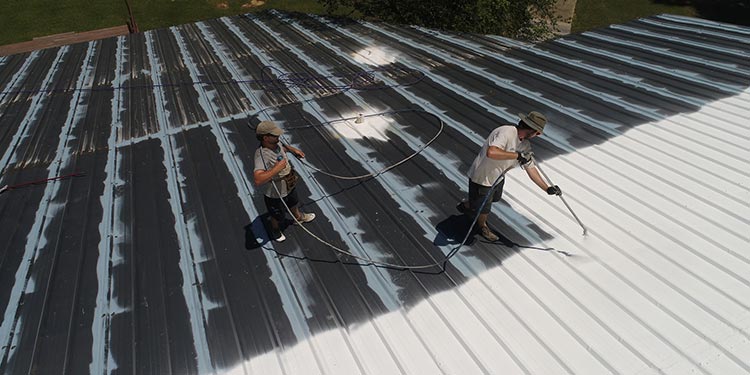For the past 40 years, the European Union has passed over 500 directives and regulations under the environmental law. Some of these environmental policies, especially ones regarding the preservation of forests and others regarding the restrictions of chemicals – may have impacts on the printing, paper and paint industries.
The Food and Agriculture Organisation of the United Nations states that a forest is a land of more than 1.2 acres, with tree crown that covers more than 10% of the area. According to this definition, forests cover 43% of the land area in Europe, and 5% of the world total.
The EU has many rules and regulations regarding forests, foresting, promoting sustainable forest management, funding rural development and marketing of forest reproductive material. However, out of approximately 450 million acres of forests in Europe, 60% are privately owned, which makes it harder to regulate. Most of the timber produced is used for energy, but 17% of the timber is used for paper manufacturing, which in light of recent EU regulations, calls for innovative, “tree-free” paper alternatives.
The most common “tree-free” paper alternatives are recycled paper (also known as “Post-Consumer Waste”), Hemp – which grows quickly and produces twice as much as fiber as trees do, and Kenaf – an agricultural relative of cotton, which uses 25% less energy than trees to make pulp. The main drawbacks of Hemp and Kenaf are their seasonality (as opposed to trees) and a higher percentage of moisture content, which require special drying systems to prevent spoilage.
Entirely different EU regulations that impact the printing industry are those regulations regarding chemicals contents found in paint and ink. For many years, a large number of substances have been manufactured or imported and marketed in Europe, with insufficient information on the implications they may have to health and the environment. EU directives such as “REACH” (Registration, Evaluation, Authorization and Restriction of Chemicals) have a direct impact on the printing and publishing industries.

In early 2017, the Helsinki-based European Chemical Agency added Bisphenol A (BPA) to its Candidate List of 173 substances which are considered unsafe, and even banned in some EU countries. Some of these chemicals were commonly used as coating agents, drying agents or color additives and now have to be approved by the European Council of Paint, Printing Ink and Artists.
According to the EU’s “REACH” directives; suppliers and manufacturers of products containing substances on the Candidate List in a concentration above 0.1 percent, must provide customer information regarding the “safe use” of these products.
In order to market paper, ink and paint in the EU without repercussions, manufacturers and suppliers must quickly find alternatives which are safer to use, more sustainable and more environmentally-friendly.
The Impacts of EU’s Environmental Policies on the Printing Industry
